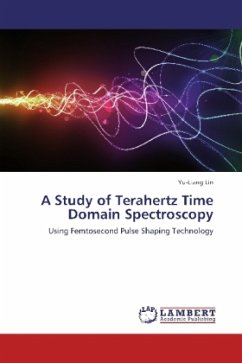We investigate the optical properties of liquid crystal devices whose dark states are optically compensated to give minimum transmittance. Firstly, the effect of multiple internal reflections on the extinction ratio of perfectly compensated liquid crystal devices is studied. We find the previously unexplained wavelength dependence of light leakage in an ideally compensated device is caused by the interference of the internally reflected ordinary and extraordinary waves. Secondly, we study the off-axis light transmission characteristics of the bright state of common liquid crystal displays including their luminance and color properties. Our research shows there is an unexpected universal shape of the off-axis light transmittance in its bright state, regardless of what liquid crystal mode is used. Thirdly, we have studied the off-axis light transmission properties of the bright state in Pi-cell devices as a function of the white state director configuration. Finally, we explore thephase compensation of the dark states in LCDs, and find that there is a limitation for the compensation of a uniaxial layer even in the most simple director configuration.








